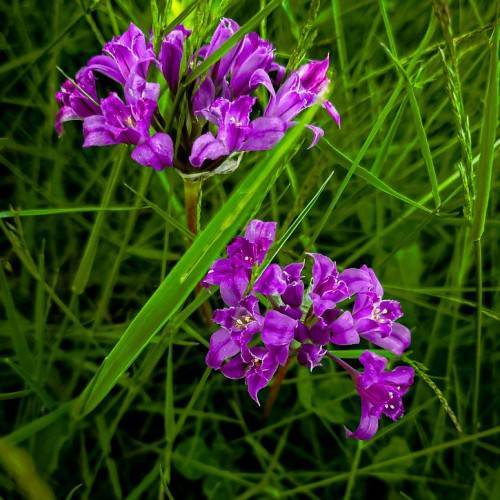
Hooker's Onion
Allium acuminatum
Also Known As - Tapertip OnionWatering:
Minimal
Hardiness Zone:
Flowers:
Flowers
Sun:
Sun
Leaf:
Yes
Growth Rate:
Low
Drought Tolerant:
Yes
Salt Tolerant:
Yes
Invasive:
Yes
Care Level:
Medium
watering
Broad Leaved Water Plantain should be watered frequently to keep moist soil, but not soggy. It does best in soil that is not heavily nutritive and can tolerate some drought conditions. Generally, water should be applied when the top inch of soil feels slightly dry or when leaf tips start to curl. In periods of extreme heat, it may need to be watered multiple times a day. In cooler months, it can go longer between waterings, but it should not be allowed to completely dry out.
sunlight
Broad Leaved Water Plantain (Alisma subcordatum) grows best in full sun, meaning direct exposure to 6-8 hours of sunlight per day. This plant is commonly found around shallow pools and marshes throughout the U.S., so it does best in a lot of direct light, however it can tolerate a little bit of shade as well. It’s best to provide your plant with direct sunlight for the majority of the day, if possible, and then with some shade in the afternoon and evening. This plant species thrives in the summer months, and you should be sure to provide your Alisma subcordatum with plenty of direct sunlight during this season.
pruning
Broad Leaved Water Plantain should be pruned roughly every 2 months during the growing season. To prune the plant, use small, sharp scissors to prune off flower spikes, flower buds, and foliage that has been damaged by insects or disease. Pruning should take place as soon as the plant begins to fade or the buds begin to dry. Pruning should also take place after the last frost has passed and before the first frost of the new season returns. Make sure to remove all dead material from the plant to ensure healthy growth for the rest of the season.
